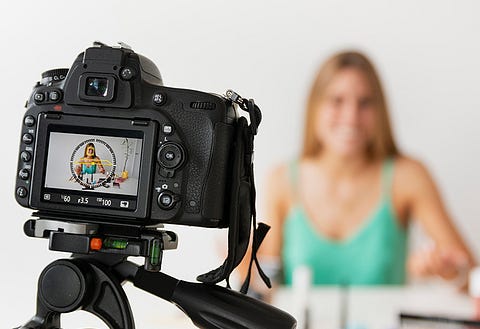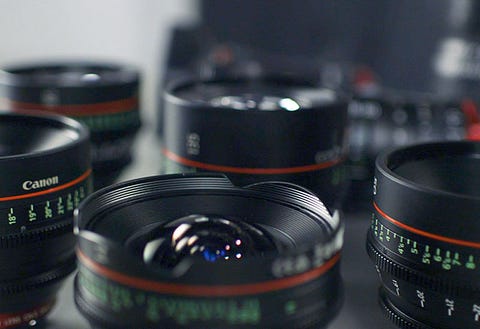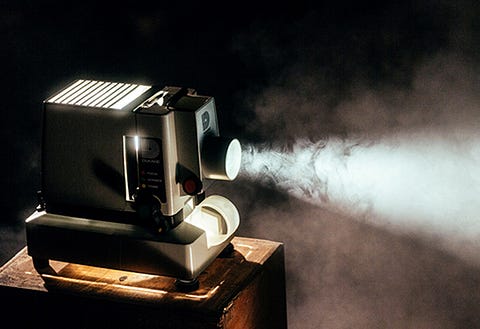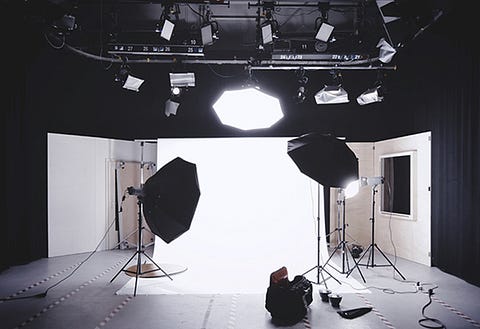
Filmmakers often shoot from different angles to lend an air of authority or vulnerability to a character in a scene. In cinematography, there are five basic angles decided by the placement of the camera. Each of these can be used to make a different statement. A thoughtful blend of these can add spice to your film and help you set the mood and tone for a particular scene — read on for a deeper understanding of how this can be done! The online Certificate Programmes in Filmmaking at WWI Extension covers various facets of filmmaking, cinematography being one of them — click here to know more about our cinematography course.
Low angleWhen the camera is fixed anywhere below the eye line and points upwards, you have a low angle shot. These can symbolically delegate a status of power or authority to the character in the frame, by making the character appear taller and more dominant.
Eye-level
FFor the eye-level angle, the camera is placed at the same level as the character’s eyes, making the audience feel as though they were actually in the scene, looking at the character’s face as if it was in front of them at their eye level. An eye-level shot is a neutral shot since it doesn’t confer a status of authority or vulnerability to the character. Since this angle shows characters as we would view them in the real world, it gives the shot a very natural look and is therefore widely used.
Dutch/Oblique Angle
The Dutch shot is executed by tilting the camera; this is a great way of showing tension, nervousness, and disorientation. For example, if you had to shoot a person running through a jungle hitting branches and stumbling at certain points, a Dutch shot would be an effective way to show this rather unsteady, disorienting movement. These shots can also be used when something is about to go wrong in a scene since they can create a feeling of unrest in the viewer’s mind.
High angle
The opposite of a low angle the high angle shot and is accomplished by placing the camera at a high point so that it looks down at the characters. This makes the characters look small and inconsequential while highlighting their defencelessness. This shot of Rose from Titanic does a great job of exemplifying this. Trapped in an arranged marriage to a man she doesn’t love, Rose’s lack of control in her life and the resulting vulnerability is showcased well over here through the high angle.
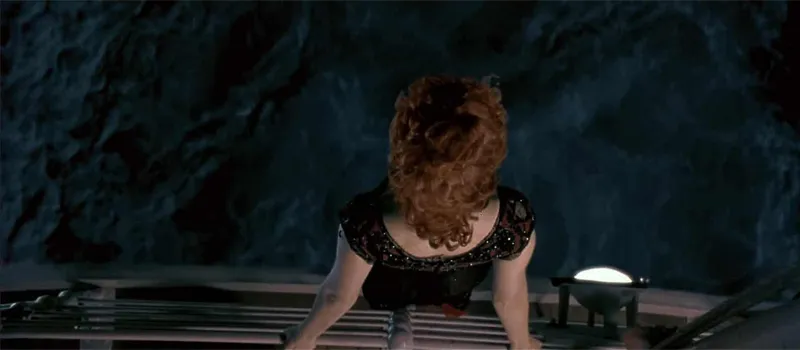
Top Angle
Here, the camera is positioned at an elevated point directly above the subject or location and gives the viewer the feeling of looking down at the subject. This can be used to create a dramatic effect and give the audience a neutral view of the scene. This is also known as the God’s eye shot as it gives viewers an omniscient, almost godly point-of-view, as though God Himself was watching over the characters. Drone shots or top view tabletop shots are common examples that make use of this angle.
Reference Links:
www.nfi.edu/foley-artist
www.sound-ideas.com/Page/what-is-foley
www.studiobinder.com/blog/what-is-a-foley-artist
www.nfi.edu/foley-artist
www.sound-ideas.com/Page/what-is-foley
www.studiobinder.com/blog/what-is-a-foley-artist
